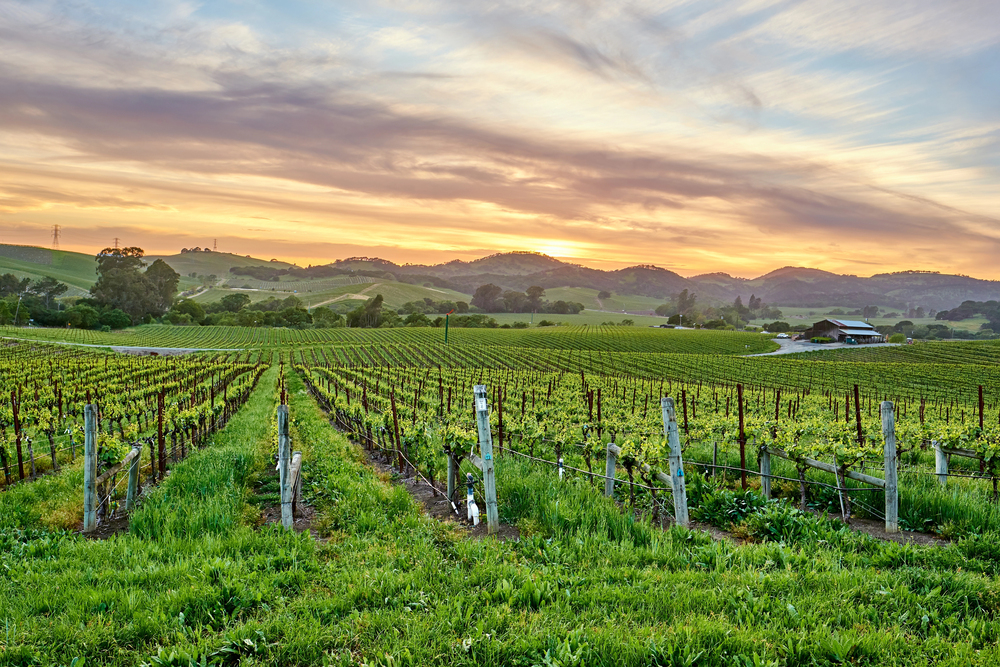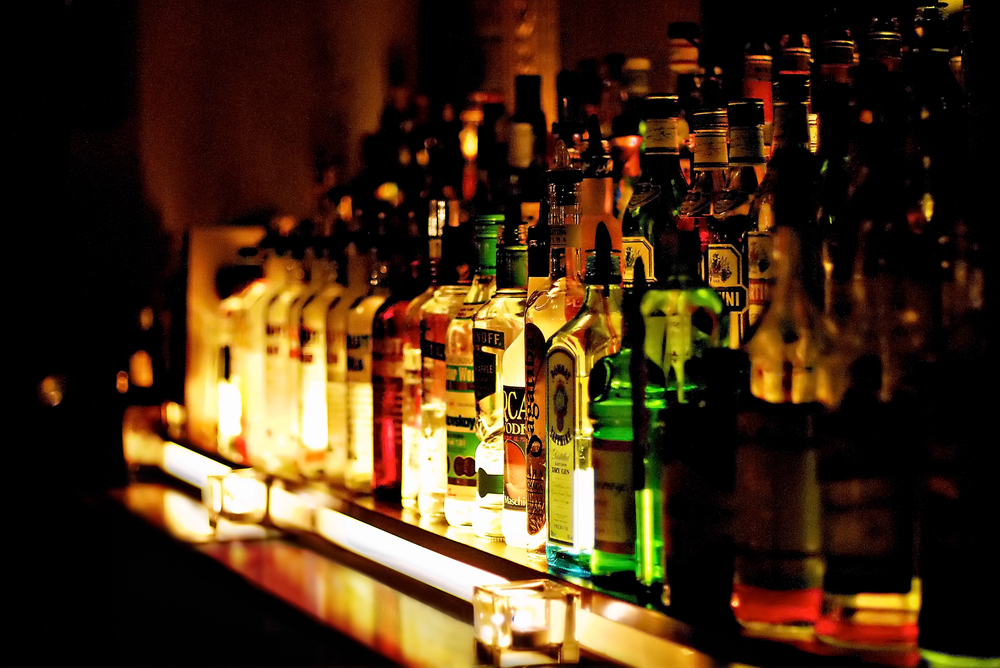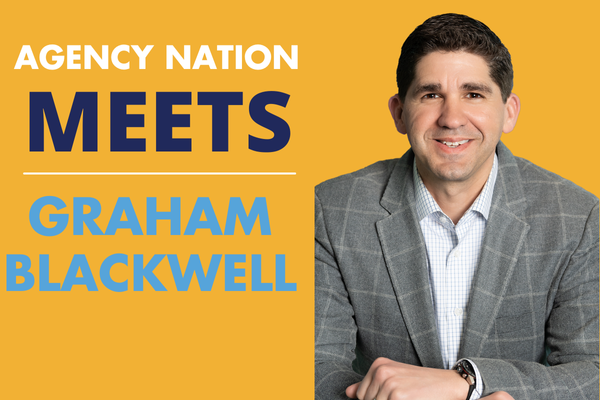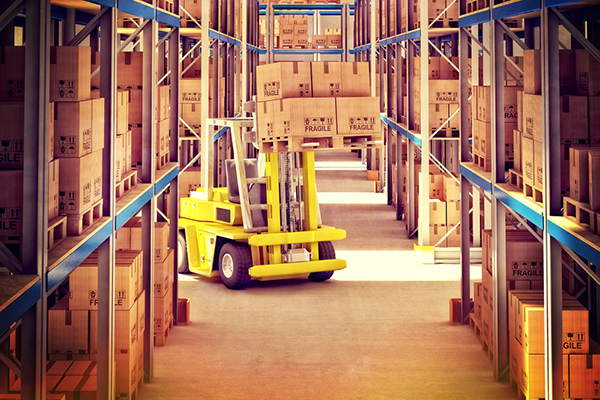‘Capacity Crunch’ Coming Soon for Winery Insurance

By: Jacquelyn Connelly
In three of the last four years, more than 8 million acres burned and tens of thousands of structures were destroyed by U.S. wildfires, according to CoreLogic.
Last year alone, the Camp and Woolsey wildfires in California caused between $15 billion and $19 billion in losses, according to CoreLogic, which also reports that 11 U.S. states experienced at least one wildfire that exceeded 50,000 burned acres that year.
The impact on the property insurance industry is obvious, but one market has been hit particularly hard: wineries.
“Insurers have left the niche, first of all—that goes for both real property as well as wine stock-specific markets,” says Larry Chasin, president of PAK Programs. “There’s question about certain programs insuring billions of dollars’ worth of wine and whether they’re going to be able to go forward. There’s serious doubt.”
In the wine industry, an insured’s most valuable asset is the wine itself. “It’s the stock, and that is a liquid product which is therefore susceptible to a lot of things. It’s susceptible to earthquakes, smoke, fire, leakage, and if they lose a vintage of wine that cannot be replaced, they have to wait until the next vintage comes up. They’re off the market,” explains Ed Kempkey, director of property and casualty at NFP, who specializes in the wine and hospitality industries. “That’s the killer.”
Back in 2014, Kempkey expected the South Napa earthquake to impact the winery insurance market, because “millions of dollars of wine went down the drain—there were some big payouts,” he recalls. “But it really didn’t move the market.”
The last straw, he believes, has been the spate of major wildfires over the last several years—“that did do serious damage and cost programs millions of dollars,” Kempkey points out—combined with the Sonoma County flooding in 2018, which hit specialty markets “real hard.”
For many winery insureds, specialty programs like one offered by Lloyd’s of London, which includes insurance coverage for quake and flood, are currently on hold. As a result, agents must consider moving their clients’ stock back onto a standard policy.
“But that presents a challenge, because the standard market has now become quite aware of the potential for damage to the stock as a result of these wildfires,” Kempkey says. “They’re looking more closely at each risk in terms of its location, protection and so forth, and what I’m hearing from underwriters is that it could be a capacity crunch here coming up.”
Because it’s not unusual to see $40-50 million of wine in storage, “you’ve got a large concentration of values,” Kempkey continues. “I sense it’s coming soon that there could be some challenges to getting that type of risk placed.”
“The wine world typically has multiple vintages in barrel and in case, so you have annual sales times multiple years you’re insuring from a property perspective,” Chasin agrees. “That means there’s literally billions of dollars that are displaced at the moment, and reinsurers have been affected by every carrier, because such a large number of carriers have suffered losses from California wildfires in general. It’s translating into a real capacity issue.”
And a pricing issue as well, according to Kempkey. “Liability has not been a problem. Property is the driving force here,” he says. “It’s all about that stock and the concentration of that stock.”
But pricing aside, “the bigger problem at the moment is the capacity to actually be able to handle the values we’ll typically run into at a winery,” says Chasin, who notes that wineries don’t pose a frequency risk as much as a severity risk. “When you have $100 million in value, it’s not necessarily the small theft of farm equipment we’re concerned about.”
The lesson learned from the wildfires, Chasin says, “is that one event could actually wipe out everything you have, whereas in the past the mentality was, ‘What could ever happen to all this?’ You think about a large property with lots of infrastructure, multiple buildings—nobody really believes it could happen. But now everybody knows somebody who it did happen to.”
Jacquelyn Connelly is IA senior editor.










